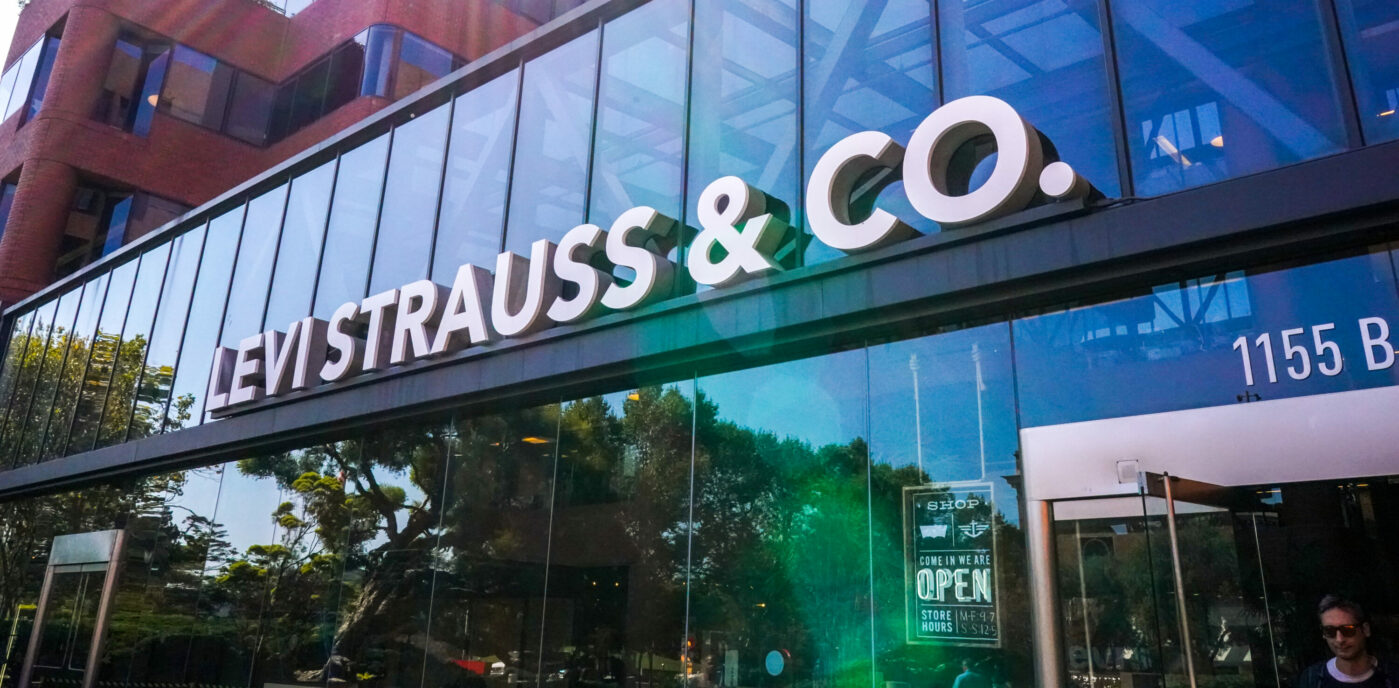Within the first year of opening his dry goods company in San Francisco, Levi Strauss made a financial contribution to a local orphanage. It was 1854, nearly a decade since he had left a dicey economy and religious persecution in Germany.
In 1897, not long after Levi Strauss & Co. began manufacturing denim overalls, he funded scholarships at the University of California in Berkeley. Half of these were for women, at a time when they were largely excluded from higher education.
The innovation of the world’s first pair of blue jeans was pinned to Levi’s conviction that business may serve not only as a source of economic prosperity but also as a powerful vehicle to give back to the community.
At the Levi Strauss Foundation, our raison d’être is to invoke our namesake’s spirit to drive social change in the lives of those touched by our business—from teaching apparel workers and managers in Vietnam how to improve working conditions in their factories, to motivating low-income families in the Bay Area to save money for investment in a business or a home.
And we didn’t start doing this last year, or even the 1990s.
Former Levi Strauss & Co. President and Chairman Walter A. Haas, Sr. helped establish the Foundation in 1952. While our 501® jeans were gaining prominence as the world’s signature jeans, he was prescient in championing our “responsibility to the communities in which we do business.” This was long before the term ‘corporate social responsibility’ came into vogue—or even existed.
Last week, I wrote an article for the National Committee for Responsive Philanthropy(NCRP). Recently, the NCRP proposed a set of voluntary criteria for effective giving by foundations. One recommendation, for example, called upon all foundations to dedicate at least half of their budgets to lower-income and marginalized communities. Another suggested dedicating at least one-fourth of resources to help organizations that promote social justice and human rights.
It is rather shocking that fewer than 15 percent of all foundations meet either of these guidelines.
I’m proud to say that the Levi Strauss Foundation embraces these standards, because they represent the best thinking among non-profit and social justice leaders. In 2009, the vast majority of our social investments went directly to underserved communities, and we also devoted two-thirds of our resources to community partners fighting for human rights. For more details, please read my article in full.
In the coming months, the Levi Strauss Foundation will be sharing on “Unzipped” some of the most outstanding stories behind the work we do—not just in our hometown of San Francisco but in over thirty countries around the world. The inspiring story of Helena Edwards and how she was able to build a foster home and get a place of her own—thanks to our non-profit partner EARN—is already up.
Levi Strauss & Co. is a leader in the global apparel industry, sure, but it has also been one of the major players in the philanthropic field for the last 60 years. Ultimately, it’s not just about giving back, but about investing well. The Foundation will continue to address the most pressing social issues of our time the only way Levi Strauss & Co. knows how: with a pioneering spirit.
It‘s your loyalty to our brands that makes this work possible. Stay tuned.







